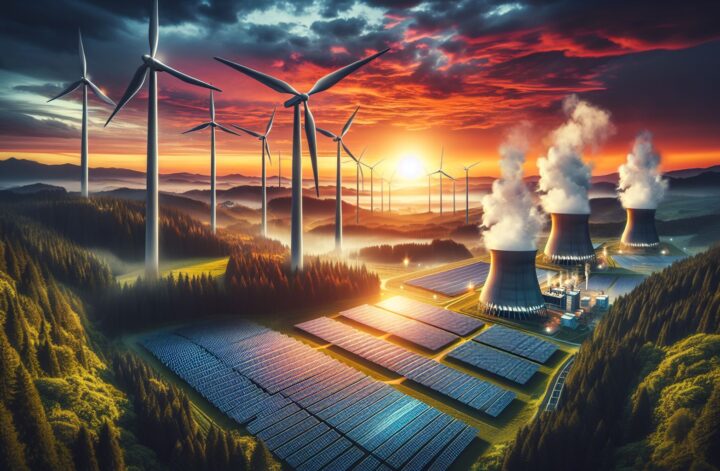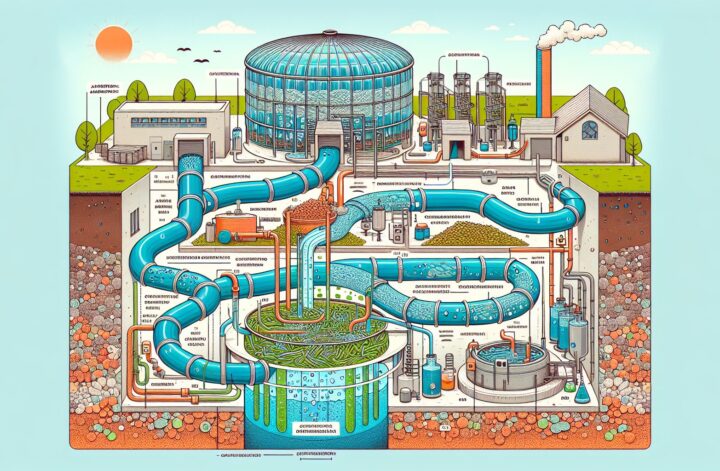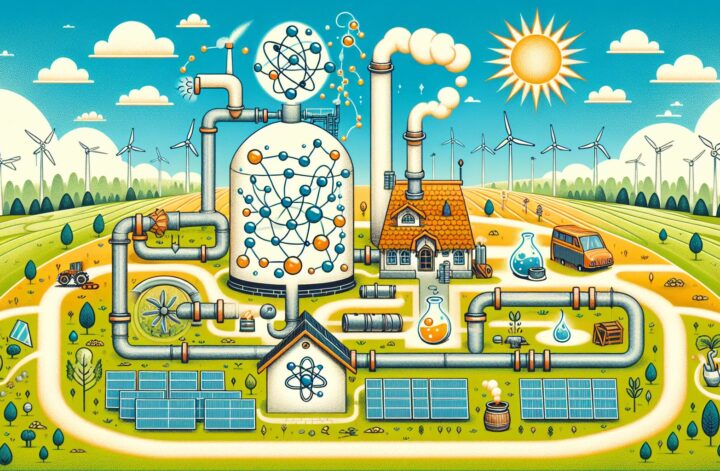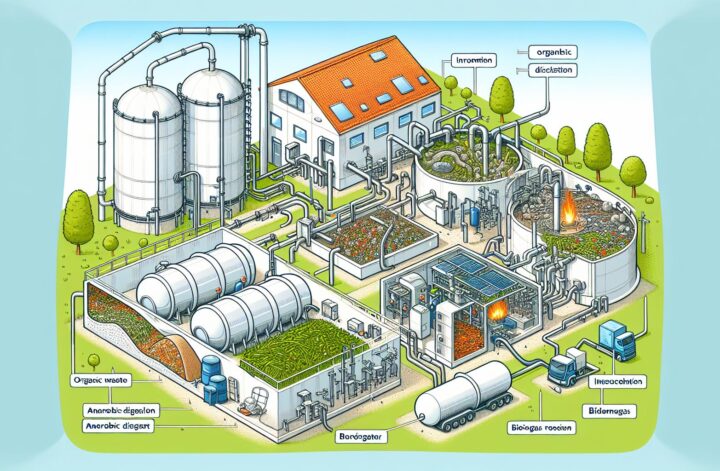In an era of high energy dependence and looming environmental concerns, turning our eyes toward renewable energy sources is not an option but a necessity. These energy conceptions draw from organic, natural sources that are constantly replenished, ranging from solar power to wind energy, hydroelectricity, geothermal energy, and biomass energy. This article will particularly focus on the concept and importance of “Renewable Energy.”
Renewable energy has been the focal point for many debates in recent years due to the growing awareness surrounding climate change and the greenhouse effect. Its use and applications, however, span far beyond simply reducing our carbon footprint. (1)
Defining Renewable Energy
Renewable energy, at its core, is energy derived from replenishable sources found in our natural environment. This includes the sun’s heat (solar energy), wind, flowing water (hydropower), biomass, and heat of the earth (geothermal energy). Fossil fuels—coal, oil, and natural gas—on the other hand, provide non-renewable energy as they draw from finite resources that will eventually deplete, damaging the environment in the process.
Considered the backbone of a green economy, renewable energy technologies not only reduce carbon emissions significantly but also create jobs, stabilize energy prices, and provide potential energy security on a national scale. (2)
The Big Picture: Renewable Energy & Sustainable Development
Implementing renewable energy concepts directly benefits the environment and contributes toward achieving the Sustainable Development Goals (SDGs). Its role reaches far beyond SDG7—Affordable and Clean Energy, impacting industries, innovations, infrastructure, cities, and communities while promoting responsible consumption and production.
Solar and wind energies are growing exponentially in global capacity, providing electric facilities in the remotest of regions, improving their standard of living, driving socio-economic development, striking down gender inequalities and uplifting health standards by reducing air pollution.
Besides direct implications, renewable energy solutions’ long-term indirect impacts can help achieve SDGs, such as Zero Hunger, Reduced Inequalities, Life Below Water, and Life on Land by fostering a responsible consumption and production ecosystem. (3)
Types of Renewable Energy
Many diverse forms of renewable energy exist, each with their own unique benefits and challenges.
-
Solar Energy: This is the most abundant energy source on earth, harnessed using technology such as solar photovoltaics and solar thermal collectors. Electricity generation through solar power is both carbon-free and emission-free. It currently constitutes a significant share of the global renewable energy mix.
-
Wind Energy: Wind farms use turbines to capture kinetic energy from wind, converting it into electricity. Operating without the need for water and producing zero emissions, wind energy is considered one of the cleanest forms of renewable energy.
-
Hydroelectric Energy: One of the oldest forms of energy generation, it captures energy from falling or flowing water to generate electricity. Despite facing criticism for its potential environmental impact, hydropower is still crucial for base-load power in many regions.
-
Biomass Energy: This energy resource uses organic material (plant or animal matter) for power generation, heat, and production of biofuels. Significant sources of biomass include wood, crops, manure, and some types of waste residues.
-
Geothermal Energy: It harnesses heat energy from the Earth’s crust, either by drilling deep wells to tap steam and hot water reservoirs or capturing the stable temperatures near the surface for heating and cooling systems.
Each of these forms of renewable energy has its role to play in a comprehensive approach, taking us closer to the goal of a sustainable future.
Risks and Challenges
While the potential benefits are vast, the transition towards renewable energy is not without its hurdles. The intermittency of renewable energy sources—such as variability in sunlight or wind speed—poses significant challenges.
Moreover, initial investment costs can be high, even though operating costs are typically lower. And while renewable energy can create jobs, it may displace workers in traditional energy sectors.
Finally, environmental concerns exist, such as habitat disruptions from wind and hydroelectric projects
Despite these challenges, the benefits of renewable energy are potentially transformative. Public policy, private-sector development, and increased consumer education about renewable energy’s potential are key to achieving a world powered with renewable, green energy.
Way Forward
Addressing the climate crisis and moving towards a sustainable, inclusive future are among the world’s most urgent challenges. Renewable energy, in this scenario, emerges as a decisive player.
What’s needed is an informed ecosystem where policy enabling, strong fiscal support, technology advancement, entrepreneurship encouragement, and public awareness can accelerate renewable energy transition at a neither slow nor disruptive but harmonized speed.
Ultimately, renewable energy is not just power at an affordable rate; it’s about survival, sustainability, progress, and much more in alignment with nature. In viewing renewable energy this way, we can shape a future that’s both economically progressive and environmentally sustainable.
SOURCES:
1. Renewable Energy – What it is, Types, Sources, Benefits
2. Benefits of Renewable Energy Use
3. SDG7: Ensure access to affordable, reliable, sustainable and modern energy




